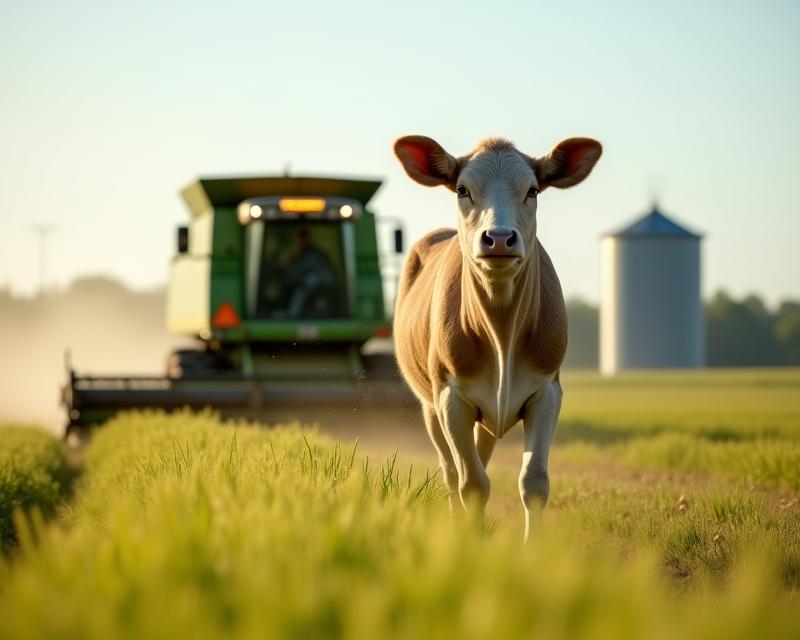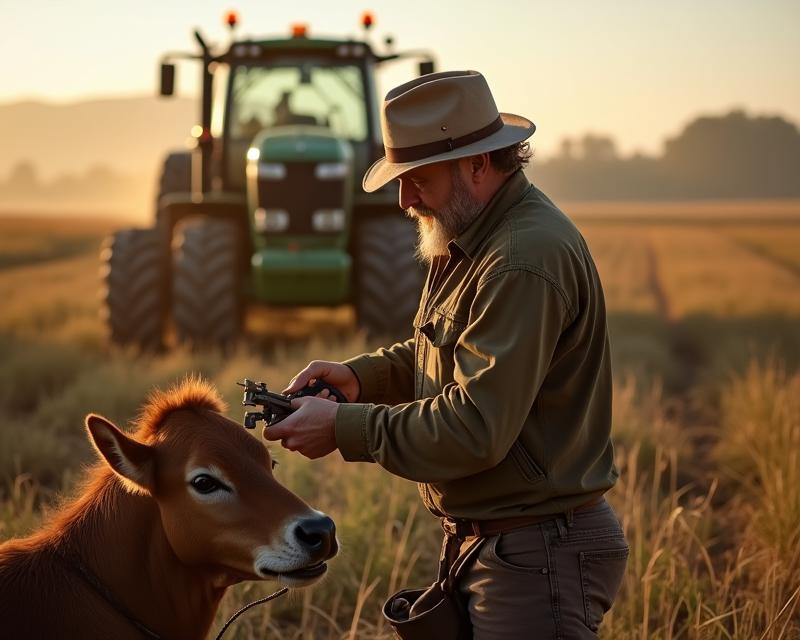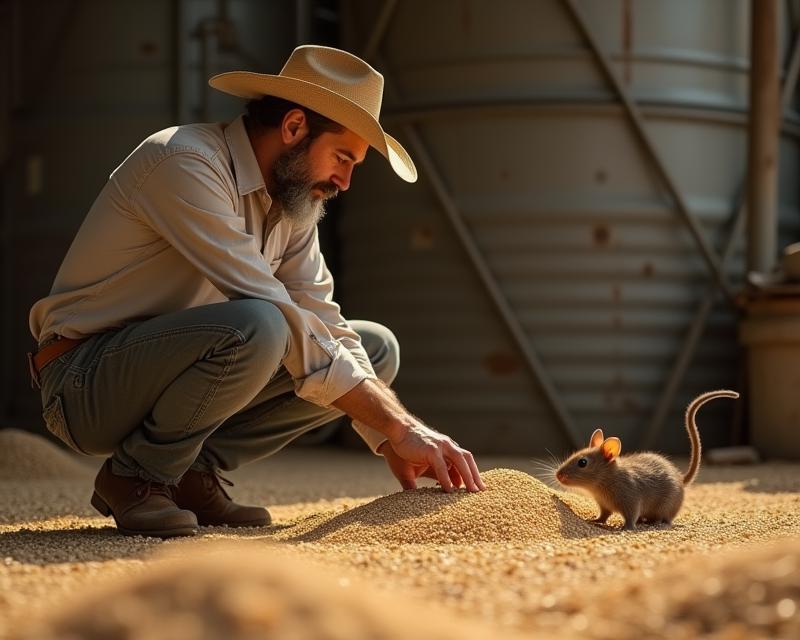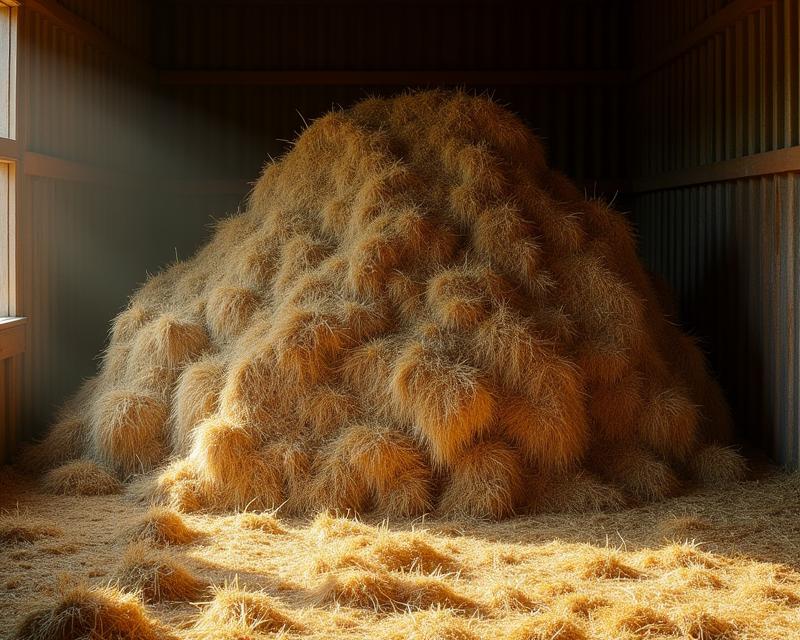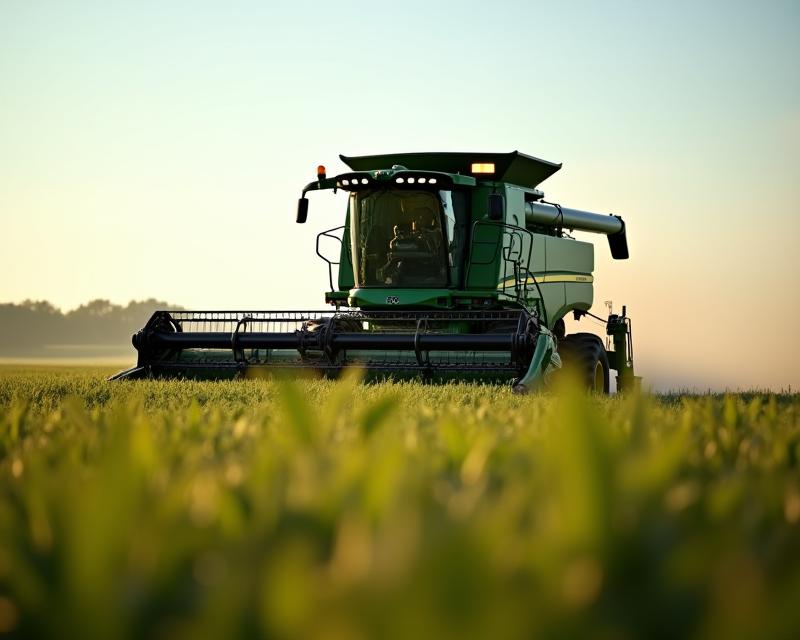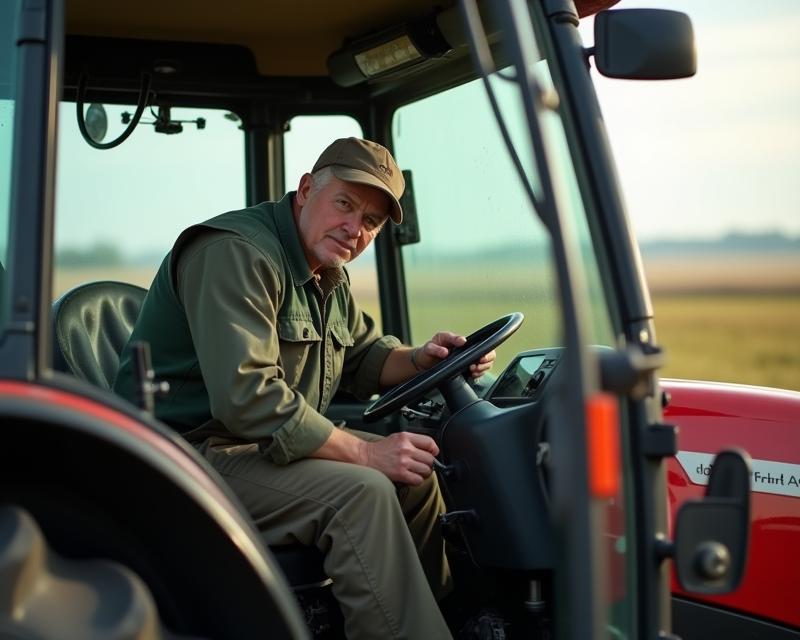Tractor Attachments for Forage Farming
Publish in Farm el 21/07/2025 01:02
Tractor Attachments for Forage Farming: A Farmer's Guide
Forage farming is a cornerstone of successful agriculture, providing vital nutrition for livestock. And when it comes to efficient forage production, the right tractor attachments are absolutely essential. This guide will walk you through the most important implements, explaining their roles in hay and silage production, helping you maximize your yields and streamline your workflow.
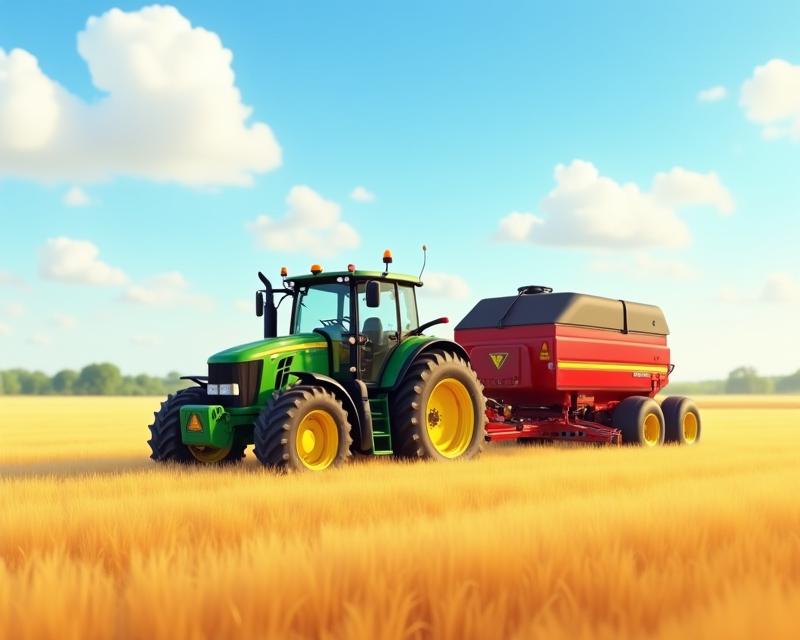
Mowers: The First Step
The first step in hay or silage production is mowing. A tractor-mounted mower cuts the forage at the optimal height, allowing it to dry properly for hay or be ensiled for later feed. There are several types of mowers available, including rotary mowers and flail mowers. Rotary mowers are great for even cuts on relatively smooth fields, while flail mowers are better suited for uneven terrain or fields with rocks and debris. Choosing the right mower depends on your field conditions and the type of forage you're growing.
Conditioners: Speeding Up the Drying Process
Once the forage is mowed, a conditioner is used to speed up the drying process. Conditioners crimp or crush the stems of the forage, increasing the surface area exposed to the air. This allows moisture to evaporate more quickly, reducing the risk of mold and ensuring higher quality hay. Different types of conditioners exist, including roller conditioners and sickle bar conditioners. The best choice depends on the type of forage and the desired level of conditioning.
Balers: Creating Storable Forage
After the forage is dried to the correct moisture content, it needs to be baled for storage. Balers come in a few main types: square balers and round balers. Square balers produce rectangular bales that are easy to stack and handle. Round balers create cylindrical bales that are more compact and require less storage space. The choice between square and round balers depends on your farm's needs and the type of forage you're baling. Consider factors like bale size, weight, and ease of handling when making your decision.
Other Essential Attachments
Beyond mowers, conditioners, and balers, other attachments can significantly improve your forage farming operation. These include forage harvesters (for silage production), forage wagons (for transporting harvested forage), and tedders (to help turn the forage for even drying). Investing in the right attachments can save you time, labor, and money in the long run. Regular maintenance of your equipment is crucial for optimal performance and longevity. Don't hesitate to consult with your local agricultural dealer for advice on selecting the best attachments for your specific farm needs.
- Forage Harvester: Used for chopping and collecting forage for silage.
- Forage Wagon: Transports harvested forage from the field to storage.
- Tedder: Turns the cut forage to promote even drying.
By understanding the role of each tractor attachment, you can optimize your forage farming practices and ensure a consistent supply of high-quality feed for your livestock. Investing in the right equipment is an investment in the future of your farm!
